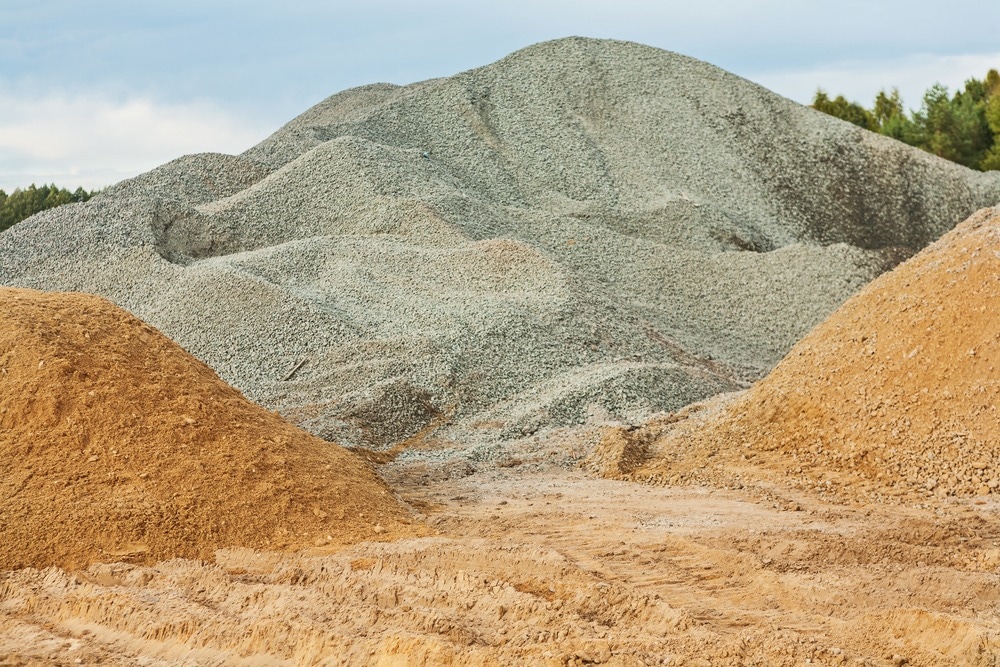According to recent research published in Research Directions: Biotechnology Design, a new journal from Cambridge University Press, investigators have grown bacterial cells in sand-based construction materials.

Image Credit: mihalec/Shutterstock.com
This accomplishment represents a significant contribution to the field of biodesign, which aims to integrate living organisms into building materials to make architecture more sustainable. It is essentially a synthesis of biological and architectural knowledge, with the common goal of building better.
Cyanobacteria, which have a variety of biological activities that affect their environment, may be able to solidify inorganic materials like CO2. This suggests that incorporating living organisms into design processes might be extremely beneficial in industries like construction.
The study describing the new development of an additive co-fabrication manufacturing process explains the latest research into potential sand-based materials.
The process investigated specifically entails the integration of a robotic deposition, namely a sand-based biomixture, with a biological deposition of bacteria, like cyanobacterial calcium carbonate precipitation, within an architectural biofabrication workflow.
The scientists utilized microbiological procedures, like optical density and fluorescence measurements, to track bacterial growth and activity after growing two bacterial strains in potential sand-based construction materials. The larger objective was to use photosynthesis to harvest light, harness it for CO2 deposition, and use calcium carbonate sedimentation to strengthen sand-based construction materials.
Finally, the scientists designed a robotic deposition system for sand-based mixtures.
Investigators from the faculties of architecture and town planning and biotechnology and food engineering at the Technion Israel Institute of Technology in Haifa, Israel, contributed to the research.
Asst. Prof. Shany Barath, Director of Disrupt.Design Lab, and PhD Candidate Perla Armaly, of the Faculty of Architecture and Town Planning, provided more information on the research’s importance and impact.
“The experiments presented in our study offer a novel design approach to producing bio-based architectural components potentially capable of fixating carbon dioxide throughout an additive co-fabrication workflow,” they noted.
The authors added, “Society needs paths towards more sustainable construction materials – and we hope to develop one of these paths. Our hope is that our study’s findings will encourage further collaboration between architects and biologists, creating and enhancing building materials, and in turn fostering more sustainable construction. By working together across disciplines, we can find innovative, unexpected solutions—and that’s something to get excited about.”
Journal Reference:
Armaly, P., et al. (2023). Prototyping an additive co-fabrication workflow for architecture: utilizing cyanobacterial MICP in robotic deposition. Research Directions: Biotechnology Design. doi.org/10.1017/btd.2023.5.